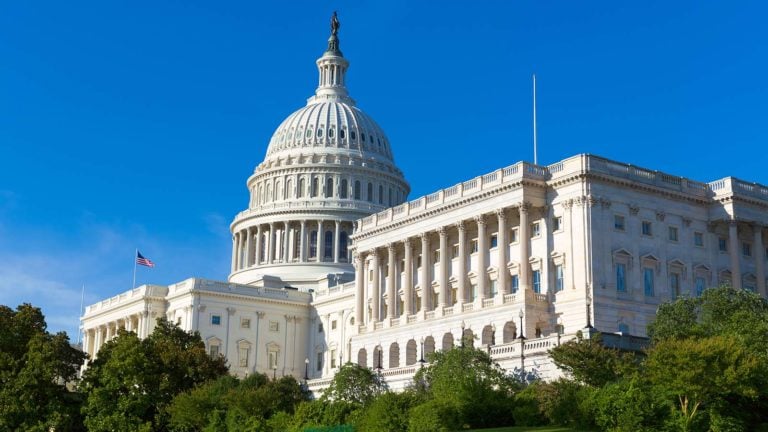Today’s price action in the broader stock market has taken a bearish tone. One of the key reasons for this move lower is growing concern around the U.S. debt limit, and the fast-approaching ceiling, which experts believe could be surpassed as soon as tomorrow.
The U.S. debt limit currently stands at $31.4 trillion and has been raised 78 times in history. However, certain votes have been more contentious than others, with Republicans previously holding out on a vote to raise the debt ceiling in 2011 during President Barack Obama’s administration. This time around, it appears a similar playbook will be used by House Republicans, who have effectively put a halt on new debt issuance, pending federal spending cuts and other demands.
Whether the whole idea of a debt limit makes sense or not can be debated. However, the issue of raising the debt ceiling to avoid default should be relatively bipartisan (if the needs of the country triumphed over the needs of politicians).
Let’s dive into what to make of this potential pending headwind in the markets.
Will the U.S. Debt Limit Be Raised in Time?
The question really isn’t whether the debt limit will be raised — it always has. In order to pay its bills, and increasingly the interest on its debt, the U.S. government has always done what it does best — kick the proverbial can down the road.
Accordingly, perhaps the positioning and rhetoric we’re seeing on Capitol Hill are ultimately fruitless. Treasury Secretary Janet Yellen has already indicated several accounting maneuvers could keep the U.S. from defaulting on its debt for a few months, at least. Thus, at least there’s time to negotiate.
That said, if the debt limit isn’t raised by June (there or thereabouts), and the U.S. defaults on its debt, this could have major ramifications not only for the bond market but also for the stock market. In terms of tail risks investors may want to consider, a U.S. default on government debt isn’t out of the question right now. Today, that’s scaring investors.
On the date of publication, Chris MacDonald did not have (either directly or indirectly) any positions in the securities mentioned in this article. The opinions expressed in this article are those of the writer, subject to the InvestorPlace.com Publishing Guidelines.

